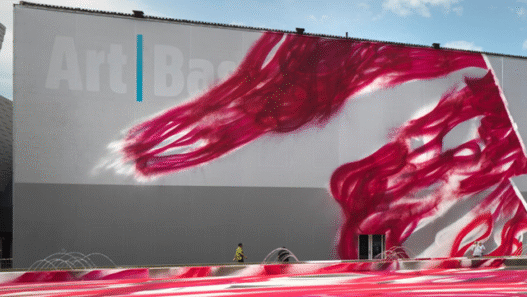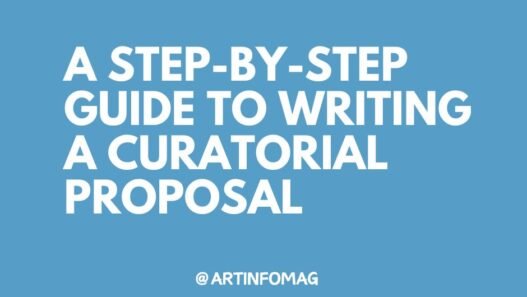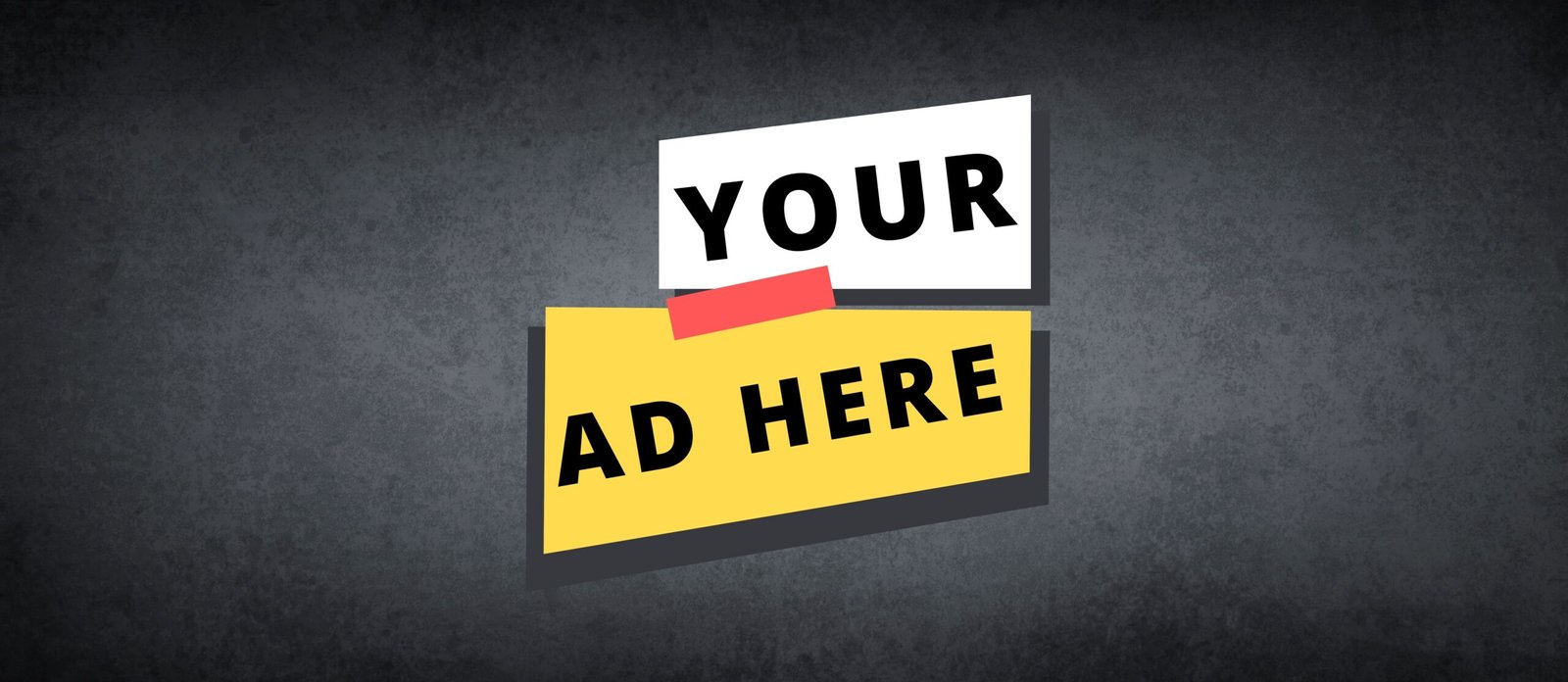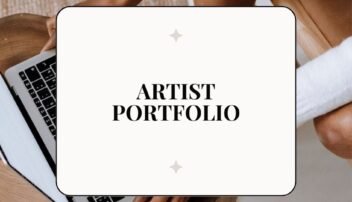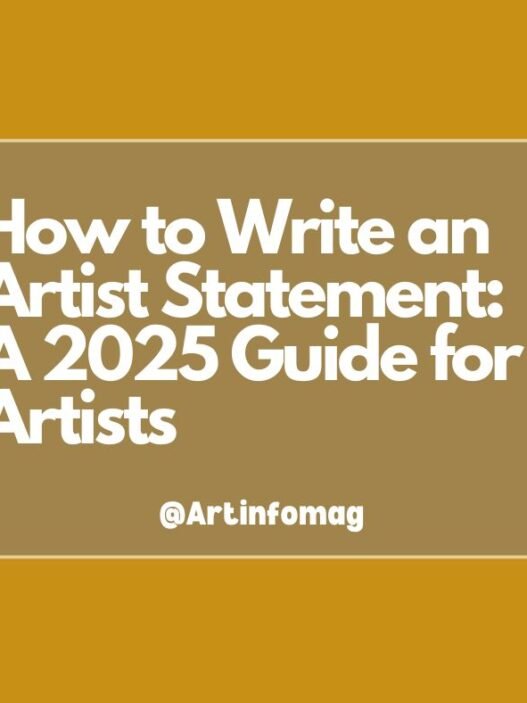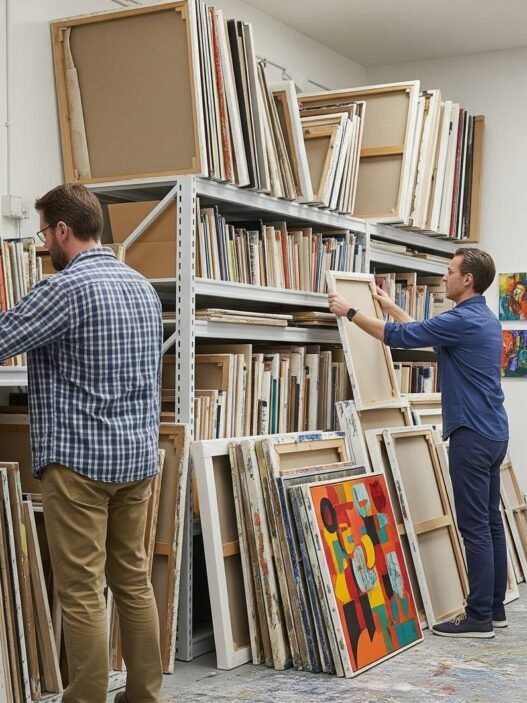For visual artists, submitting work to galleries, museums, or art venues is a crucial step in gaining exposure and advancing your career. A key part of this process is the artist cover letter—a concise document that introduces you and your work while making a case for why your art belongs in the space. This guide, tailored for your website’s audience of emerging and professional artists, will walk you through crafting a compelling cover letter that grabs the attention of curators and gallery owners, helping you secure opportunities to showcase your work.
What Is an Artist Cover Letter?
An artist cover letter is a professional, one-page document submitted alongside your artwork to a gallery, museum, or art venue. It acts as a personal introduction, giving curators a glimpse into your background, artistic practice, and reasons for submitting. Unlike a portfolio, which showcases your art, the cover letter tells the story behind your work, helping the recipient understand your motivations and why your art aligns with their space. A well-written cover letter can set you apart, making curators more likely to engage with your submission.
Why It Matters for Artists
A strong cover letter can:
- Build a Connection: It introduces you as an artist, creating a personal link with the gallery before they view your work.
- Provide Context: It explains the inspiration and themes behind your art, adding depth to your submission.
- Show Fit: It demonstrates why your work complements the gallery’s vision, increasing your chances of acceptance.
- Highlight Professionalism: A polished letter reflects your seriousness as an artist, which is critical for opportunities like exhibitions or representation.
For example, when submitting to a gallery known for abstract art (like one that might receive funding from the Andy Warhol Foundation), your cover letter can emphasize how your work fits their focus, making your submission more relevant.
Step-by-Step Guide to Writing an Artist Cover Letter
Follow these steps to create a cover letter that showcases your artistry and professionalism.
Step 1: Research the Gallery or Venue
Before writing, dive deep into the gallery’s profile:
- Visit their website and social media to understand their mission and aesthetic.
- Review past and current exhibitions to see the type of art they showcase (e.g., contemporary, abstract, or pop art).
- Note any specific submission guidelines, such as preferred formats or image requirements.
Example Insight: If the gallery frequently exhibits artists inspired by movements like Abstract Expressionism (think Pollock-Krasner Foundation Grant recipients), highlight how your work aligns with this style.
Step 2: Format Your Letter Professionally
A well-structured letter ensures readability and professionalism:
- Header: Include your name, email, phone number, and date, followed by the recipient’s name, title, and gallery address.
- Salutation: Address the recipient by name if possible (e.g., “Dear Ms. Carter,”). If you don’t know the name, use “Dear [Gallery Name] Selection Committee,”.
- Body: Keep it to 3-4 paragraphs, totaling 300-400 words.
- Closing: End with “Sincerely,” followed by your full name and a link to your online portfolio (if allowed).
Step 3: Introduce Yourself and Your Work
In the first paragraph, state your purpose and provide a brief overview of who you are:
- Mention the specific submission or opportunity (e.g., “I am submitting my work for consideration in your 2025 Emerging Artists Exhibition.”).
- Introduce yourself as an artist, including your medium and location (e.g., “I am a Chicago-based painter specializing in abstract acrylic works.”).
- Include a hook—a compelling detail about your art (e.g., “My recent series explores themes of memory, inspired by my travels through the Southwest.”).
Example:
“I am submitting my work for consideration in your 2025 Emerging Artists Exhibition. As a Chicago-based painter specializing in abstract acrylic works, I create textured compositions that explore memory and identity. My recent series, ‘Echoes of Form,’ draws inspiration from my travels through the Southwest, capturing the region’s raw energy in vibrant layers.”
Step 4: Explain Why You’re a Fit for the Gallery
In the second paragraph, connect your work to the gallery’s vision:
- Reference specific exhibitions, artists, or themes the gallery supports (e.g., “I was inspired by your recent exhibition of pop art, which resonates with my use of bold colors reminiscent of Andy Warhol.”).
- Describe your submitted work briefly, mentioning medium, size, and themes (e.g., “I’ve submitted three pieces from ‘Echoes of Form,’ each 36×48 inches, using acrylic and found objects to evoke personal histories.”).
- Explain why your work aligns with the gallery (e.g., “Given your focus on innovative abstraction, I believe my work would complement your upcoming shows.”).
Example:
“I was inspired by your recent exhibition ‘Abstract Horizons,’ which showcased artists exploring emotional depth through abstraction—a focus that aligns with my practice. I’ve submitted three pieces from ‘Echoes of Form,’ each 36×48 inches, using acrylic and found objects to evoke personal histories. Given your commitment to innovative abstraction, I believe my work would resonate with your audience.”
Step 5: Highlight Relevant Achievements
In the third paragraph, briefly showcase your credibility:
- Mention key exhibitions, awards, or grants (e.g., “My work has been exhibited at the Chicago Cultural Center and supported by a regional grant through the Andy Warhol Foundation.”).
- Highlight your commitment to your practice (e.g., “Over the past decade, I’ve developed a consistent body of work exploring memory and identity.”).
- Keep it relevant—only include achievements that strengthen your fit for the gallery.
Example:
“Over the past decade, I’ve developed a consistent body of work, with exhibitions at the Chicago Cultural Center and a group show at the Museum of Contemporary Art. In 2023, I received a regional grant through the Andy Warhol Foundation, which supported my exploration of mixed media. These experiences have prepared me to contribute meaningfully to your gallery’s vision.”
Step 6: Close with a Professional Touch
In the final paragraph, wrap up with gratitude and a call to action:
- Thank the recipient for their time (e.g., “Thank you for considering my submission.”).
- Mention any attached materials (e.g., “I’ve included images of my work and a resume for your review.”).
- Invite further engagement (e.g., “I’d be delighted to discuss my work in more detail.”).
Example:
“Thank you for considering my submission. I’ve included images of my work and a resume for your review. I’d be delighted to discuss my work in more detail and am excited about the possibility of contributing to [Gallery Name]’s vibrant program.”
Common Mistakes to Avoid
Steer clear of these pitfalls to ensure your cover letter shines:
- Don’t Be Generic: Avoid cookie-cutter letters. Tailor each one to the gallery by mentioning specific details about their program.
- Don’t Use Jargon: Skip technical art terms that might confuse the reader. Use clear language (e.g., “I use layered textures” instead of “I employ impasto techniques”).
- Don’t Exaggerate: Be honest about your achievements—overstating can harm your credibility.
- Don’t Ignore Guidelines: Follow the gallery’s submission rules, such as image formats or word limits.
- Don’t Skip Proofreading: Typos or poor formatting can make you seem unprofessional. Double-check for errors.
Additional Tips for Success
- Include Visuals Strategically: If the gallery allows, attach high-quality images of your work or link to an online portfolio. Label each piece with its title, medium, size, and year.
- Keep It Concise: Aim for one page. Curators are busy, so get to the point while still being engaging.
- Show Passion: Let your enthusiasm for your art and the gallery shine through, but avoid overly emotional language.
- Seek Feedback: Ask a mentor or peer to review your letter for clarity and impact before submitting.
Why It Matters for Your Career
A thoughtfully written cover letter can make the difference between your work being overlooked or selected for an exhibition. It’s your first impression with a gallery, setting the tone for how they perceive your art. For opportunities tied to prestigious programs (like those supported by the Pollock-Krasner Foundation or Andy Warhol Foundation), a strong cover letter demonstrates your professionalism and alignment with their mission, increasing your chances of success.
By crafting a tailored, professional cover letter, you’re not just submitting art—you’re starting a conversation that could lead to exhibitions, representation, or even long-term relationships with galleries. Take the time to make it count, and watch your career grow.



